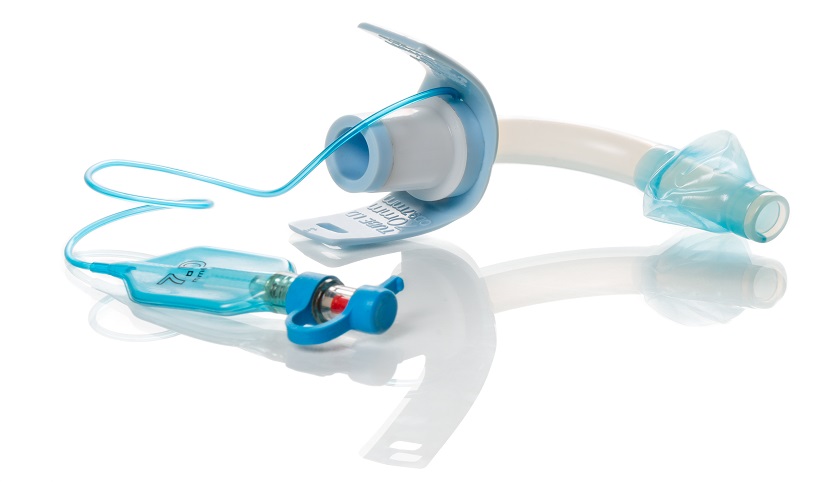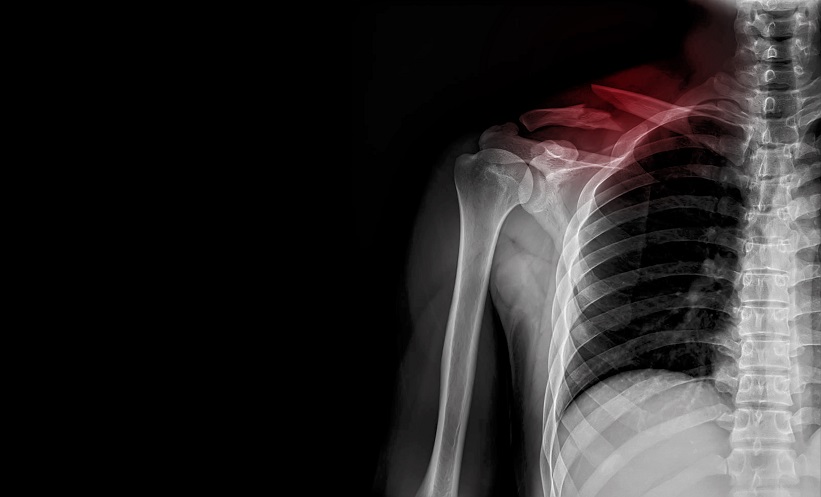Percutaneous dilatational tracheostomy (PDT) is a common procedure in intensive care, valued for its minimally invasive approach and lower risk profile compared to surgical alternatives. Recent advancements have introduced ultrasonography as a guiding technique, potentially improving procedural outcomes. A new meta-analysis has assessed whether ultrasound guidance offers advantages over the traditional landmark-based method, particularly in terms of safety and procedural success. Notably, the study found that ultrasound guidance significantly increased first-puncture success rates and reduced major bleeding.
To evaluate the efficacy and safety of ultrasound-guided versus landmark-guided PDT, researchers conducted a systematic search across eight major international and Chinese medical databases, including PubMed, Cochrane Library, and CNKI. Studies eligible for inclusion were randomised controlled trials (RCTs) or non-RCTs comparing both techniques. Primary outcomes included the incidence of major bleeding and first-puncture success, while secondary outcomes comprised periprocedural complications and the overall duration of the tracheostomy procedure. Data were synthesised and analysed using RevMan 5.3 software.
The final analysis incorporated six studies:five RCTs and one non-RCT, covering a total of 609 patients. Ultrasound-guided PDT was associated with a significantly lower risk of major bleeding (odds ratio [OR]: 0.35; 95% CI: 0.14–0.90; p=0.03) and a substantially higher first-puncture success rate (OR: 4.41; 95% CI: 2.54–7.65; p<0.000001). Additionally, periprocedural complications were less frequent in the ultrasound group (OR: 0.35; 95% CI: 0.22–0.54; p<0.00001). However, no statistically significant difference was observed in tracheotomy procedure time (mean difference = –0.64 minutes; 95% CI: –4.14–2.85, p=0.72).
These findings suggest that ultrasound guidance may offer substantial benefits in improving the safety and effectiveness of PDT in critical care settings. While the technique enhances the precision of the first puncture and reduces complications, the evidence does not support a meaningful impact on procedure time. Limitations include the small number of studies and patient heterogeneity, particularly with one non-RCT included. Further high-quality research is needed to inform wider clinical adoption, but the current evidence strongly supports considering ultrasound as a standard adjunct in PDT.
Reference
Wen D et al. Effectiveness of ultrasound-guided versus anatomical landmark-guided percutaneous dilatational tracheostomy: a systematic review and meta-analysis. BMC Anesthesiol. 2025;25(1):211








